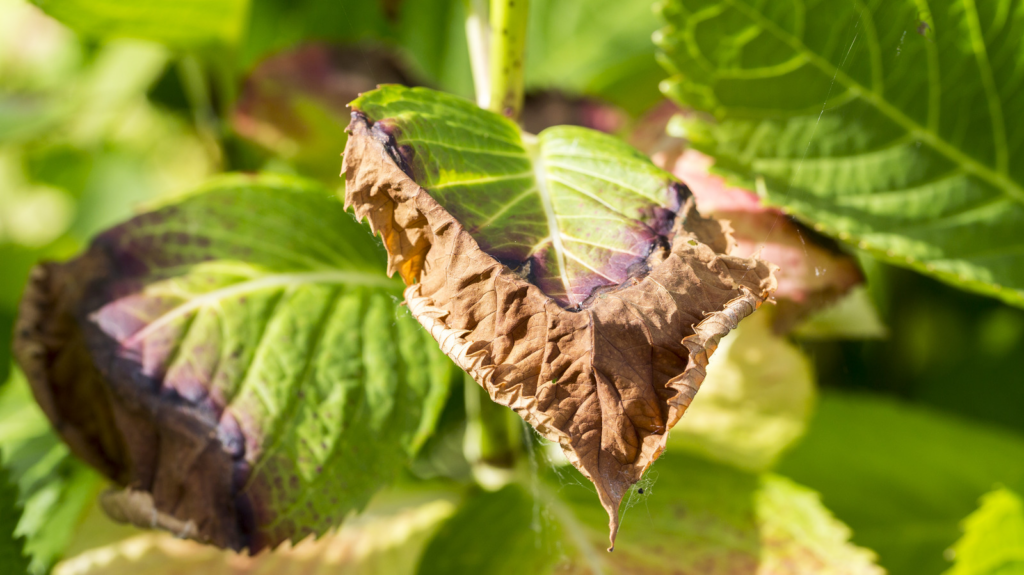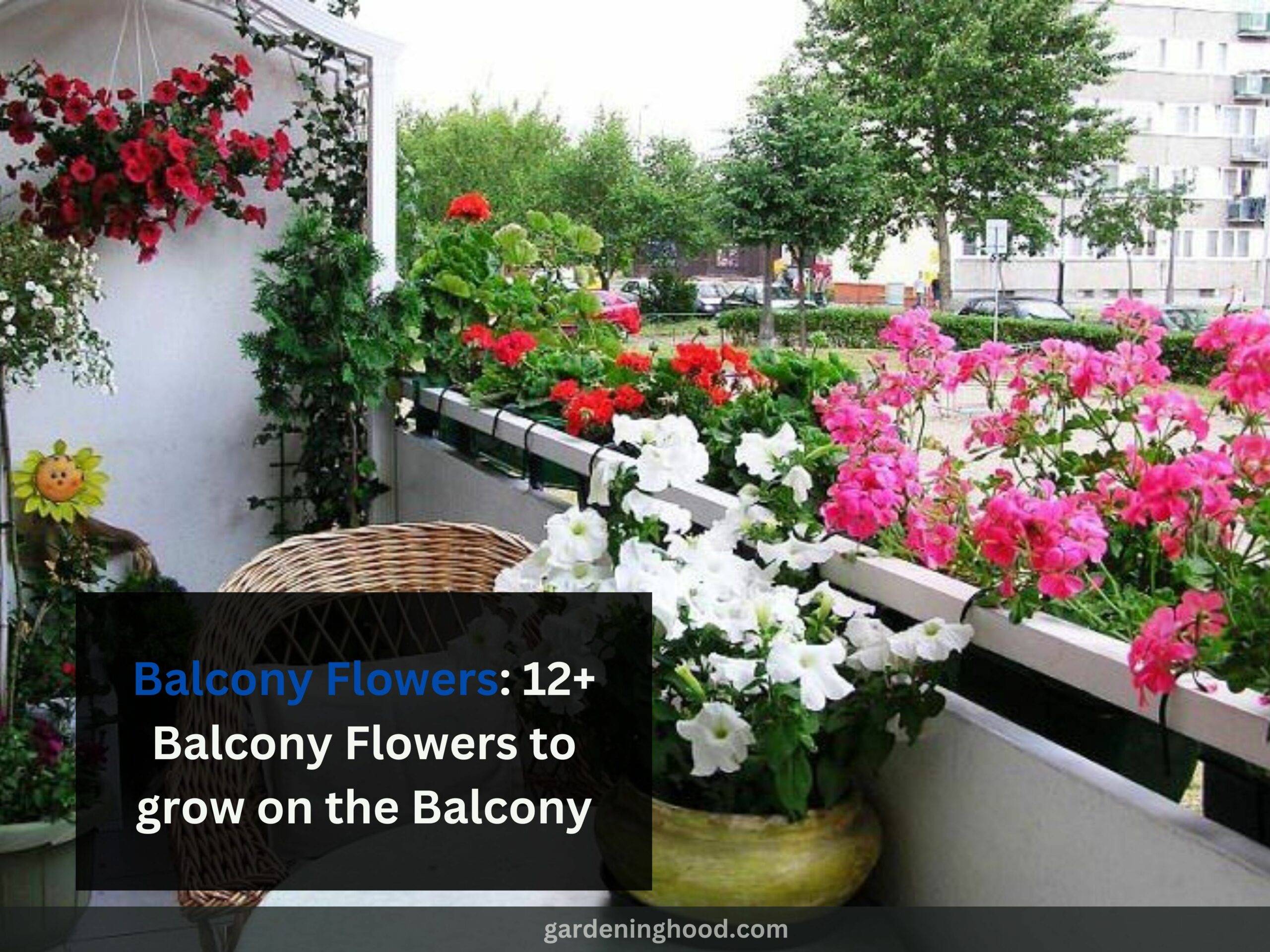Reasons behind Rieger Begonia Flowers Turning Brown and How to Prevent Them
“Ohh… what the hell happened?” This was my reaction when I saw my Rieger begonias’ leaves turning brown. I know it’s really frustrating and can create a sense of sadness, but as the plant parent, I knew I had to save the plant at any cost. What I did next was quickly start my research. After conducting my research, I discovered some strategies that, upon implementation, saved my plant, and now it is thriving again.
Here is what I did and recommend you do for saving your plant. I have broken down the steps for easier implementation. Go ahead and give them a try, and after saving the plant, do let me know in the comments section.
Rieger Begonias Plant:
Rieger begonia:
Before we dive into the rescue strategies, let’s take a moment to understand more about Rieger begonias. While many of you might already be familiar with this plant, I believe it’s important to share some information for those who might not know. Having a deeper understanding of this plant is crucial. You might be able to save it once without this knowledge, but for long-term care and to ensure its continued health, knowing more about your Rieger begonias is key.
The begonias are available with over 2,000 species having a wide range of leaf size and color, with small to big blooms that are used to cover almost every color present in the rainbow. Planting begonias are perfect for your outdoor garden and perfect for indoor pots also:
| Species | Description |
| Begonia rex | It is known for its colorful leaves |
| Begonia semperflorens | The plant is Popular for its continuous blooming |
| Begonia tuberhybrida | This species is grown for its large, showy flowers |
| Begonia boliviensis | It does have trailing stems and bright orange-red flowers |

7 Causes Of Begonia Leaves Turning Brown
There are two main things to perform first to know the reason why the begonia leaves are turning brown, and second to help them survive.
Plant symptoms:
- You need to check the pattern of leaves turning brown with the other symptoms which will help to identify the cause of the problem.
Care conditions:
- It would be best if you examined the condition of the Begonias leaves that are growing so that you can find out the cause of the leaves turning brown by examining the care condition and plant symptoms together you can easily identify the issue.
- It will be easy to fix the problem after knowing the reasons for leaves turning brown.

Here are some causes of Begonia leaves turning brown and the solution of how to fix the plant.
Underwatering:
- Underwater the plant is one of the most common causes of the Begonia leaves turning brown.
- Finding out that some lower leaves are crispy and brown or developing brown edges or brown tips which is used to indicate the plant is underwater.
- Providing less water will affect both the oldest and the youngest foliage.
- Most begonias will wilt when they are underwater.
- There are chances that the plant recover from severe wilting, recur, or prolong wilting, this all will result in leaf drooping and browning of the leaves.
- You will find the soil dry to the touch if the plant is underwater.
- The plant will start wilting but will recover quickly when you water the plant correctly.
- You will observe slow growth and smaller leaves of the plant which means the plant is having any problems in growing.

Prevent Begonia Leaves Turning Brown from underwatering:
Here are some tips you need to follow to help save Begonia leaves turning brown by underwater:
- First of all, make sure the plant is not root-bound.
- Make sure to provide the plant with a temperature of approximately 58 to 72°F.
- Avoid the plant to get excessive direct sunlight which will increase the water loss of the plant.
- make sure to water the plant once a week and always check them after every few days.
- if you feel that the top 1 to 2 inches of the soil is dry immediately water the plant.
- You can also identify whether the plant needs water or not, check the weight of the pot and if it does not weight heavy it means that the plant is underwater.
- They always like bright indirect light.
- Make sure the soil does have moisture-retaining properties.

Overwatering:
- Overwatering, the plant is another cause of the Begonia leaves turning brown it is exactly opposite of the the cause of underwater the plant, so it may have similar symptoms of underwatering.
- Make sure to look closely at both the plants and their growing so that you can fix the problem.
- The wet soil will prevent soil aeration and will limit the access to oxygen that is mostly needed by the roots to live.
- Overwatering the roots will cause the root to cease any function and will hence result in root rot.
- If you overwater begonia you will see leaf yellowing and leaf edema.
- If the roots do not get enough oxygen it will result in the browning of leaf tips and will affect young leaves also and the older leaves of the plant will turn brown, start to dry, and then start to droop from the plant.
- In case you don’t start to save your plant the begonia will start to wilt because the soil around the plant is so wet.
- Make sure to check the plant carefully and feel the soil for dampness so that you won’t get any confusion between underwatering and overwatering.
- Plants suffering from severe overwatering will cause root rots which is a problem you need to treat the plant as soon as possible.
Prevent Begonia Leaves Turning Brown From Overwatering:
Here are some tips you need to follow to prevent Prevent Begonia Leaves Turning Brown From Overwatering:
- Before watering the plant first feel the soil if the soil is dry for 1-2 inches then only water it.
- You can check the pot by weight the pot before watering as wet soil does feel heavy and dry soil will feel lighter.
- Make sure to provide the plant with plenty of light as keeping begonias in low light is more prone to overwatering.
- Avoid growing of plants in too large pots because the soil will take longer time to dry in a larger pot all of this will increase the risk of overwatering.
- Make sure to drain the pot after watering them and need to empty the tray after a few minutes so that the roots do not sit in water.
Low Humidity:
- The begonias plant is used to grow best if you provide them a humidity above 40% and all of this will start to grow browning of leaf tips when there are too arid conditions.
- You need to monitor the humidity level of the plants so that they get all the conditions suitable for houseplants.
- According to my experience, use a digital hygrometer for noticing the current humidity and keeping records of the maximum and minimum levels.
Prevent Begonia Leaves Turning Brown from Low Humidity:
In case you are living in an arid location or have a home in low humidity area you need to follow these steps to improve the humidity levels and protect begonia leaves from turning brown:
- You can try grouping houseplants together which will help to create a more humid microclimate and help the plant to thrive best.
- To maintain the humidity of the plant place the tray which is filled with water beside or below the plant all these things will increase evaporation and will increase the humidity level around the plant.
- You can also place your begonias in more humid locations such as Kitchens and bathrooms.
- At last, you can also use a humidifier which will be the most effective option for growing plants.
- Providing the plant with an excess of high humidity and causing issues when the ventilation is poor.
- Plants suffering from high humidity increase will result in increasing the risk of fungal and bacterial diseases and then result in the turning of leaves to brown leaves so you need to keep the humidity between 40-60% and avoid any issues based on low humidity.

Excessive Direct Sunlight:
- Many types of begonias are not able to tolerate strong direct sunlight as Begonia maculata hardly tolerate direct sunlight and will start to develop brown areas on the leaves or turn entire leaves to brown
- The Begonia semperflorens have more waxy leaves so they are more tolerant of direct sunlight and Rex cultivars do tolerate a modest amount of direct sunlight.
Prevent Begonia Leaves turning brown from excessive direct sunlight:
- Providing the plant with too much direct sunlight will turn the leaves brown, so check the lighting levels of the place at different times of day.
- Make sure the sunlight does not fall on the begonia for more than 1-2 hours per day which will be perfect in the early morning and late afternoon.
- You need to make sure to check the care instructions for begonia and match the amount of lighting that is perfect for the plant.
- Providing the plant with too little light is also bad for houseplants.
- You can use a light meter app that uses the light sensor of the phone to read the light levels of begonias plants which will indicate how bright conditions are and when to move the plant closer or away from the window as required.
- For the light meter app on your phone, you need to search the light meter app.

Acclimation Can Cause Brown Leaves On Begonias:
- The begonias plant can develop a number of brown leaves, wilt and the plant will suffer for a few weeks because they are acclimated to the conditions.
- You need to buy really healthy plants from the store and need to transport the plant more carefully.
- Make sure to give the plant with ideal condition having the right temperature, lighting, and humidity.
- While transferring the plant the roots of begonias do get a shock because the plant gets stress from moving the plant and it will be more prone to root rot conditions if you overwater the plant within the first few weeks.
Prevent begonias leaves turning brown from assimilation:
- In case of finding begonia leaves turning brown in the first few days or weeks only you need to make sure to give all necessary conditions.
- You need to have patience for growing the plant and give the plant time to recover.
- There are some cases where the plant will start to lose a few leaves and will take a month or two so there is new growth.

Temperature Stress:
- The begonias are very sensitive to temperature if you provide them with a lower or higher temperature than normal both will result in browning leaves and it will result in the dying of part of the plant and all leaves.
- The temperature provided to the plant depends on the variety of plants you are growing.
- The variety of Fibrous and Rex begonias do tolerate temperatures down to 50°F (10°C) but the cane-stemmed begonias can tolerate temperatures below 55°F (13°C).
- Providing the plant with a low temperature will cause direct damage to the plant and providing a moderate low temperature will raise the problem of overwatering the plant.
- Providing the plant with high temperature will cause rapid water loss from foliage all this will result in wilting, and brow leaf edges, and tips will start to turn brown and droop off.
- Providing the plant with excess direct sunlight or placing the plant into heat sources such as near a hot air vent or fire appliance will cause heat stress and browning of leaves.
Disease:
- The begonias are not actually resistant to disease and any disease will cause rapid growth of brown or black leaves on begonias, wilting, and will result in plant to death.
- The disease will stress the plant and the plant suffering from High humidity, acclimation, overwatering, and temperature stress can result in the growth of the disease in the begonia plant.
- The plant will start spreading brown or black patches on the leaves which will result in the dying of leaves and the plant.
Prevent begonias leaves turning brown from disease:
- The first thing to protect your plant from disease is to isolate the plant from other plants because the disease gets spread and isolating the plant will prevent the plant from getting affected by it.
- If you prompt pruning the affected foliage will be the most effective treatment for begonias.
- Treating the plant as soon as possible will be able to save your plant.
- My experience does say that pruning off the majority of foliage will stop the disease but will take a number of months so for the plant to recover.

Conclusion:
Hence after reading this article, I am sure you will get the answer to why Rieger begonias leaves from turning brown and how to prevent them. All you need is to provide the plant with a suitable environment and growing conditions that I have mentioned above.


